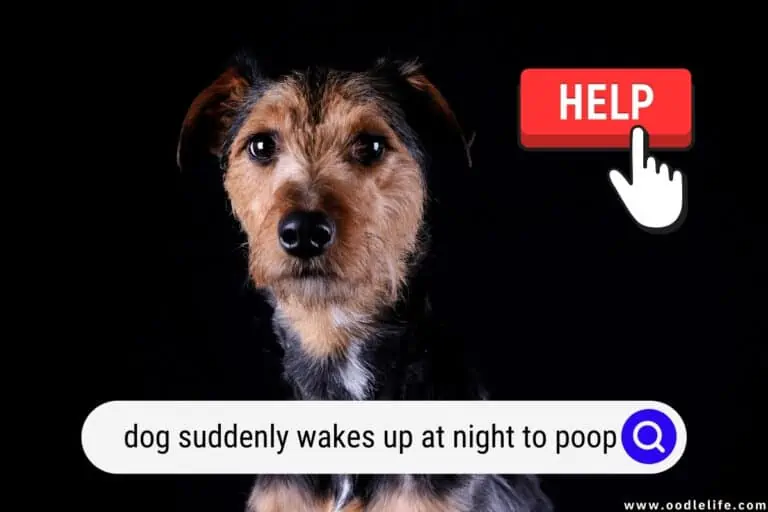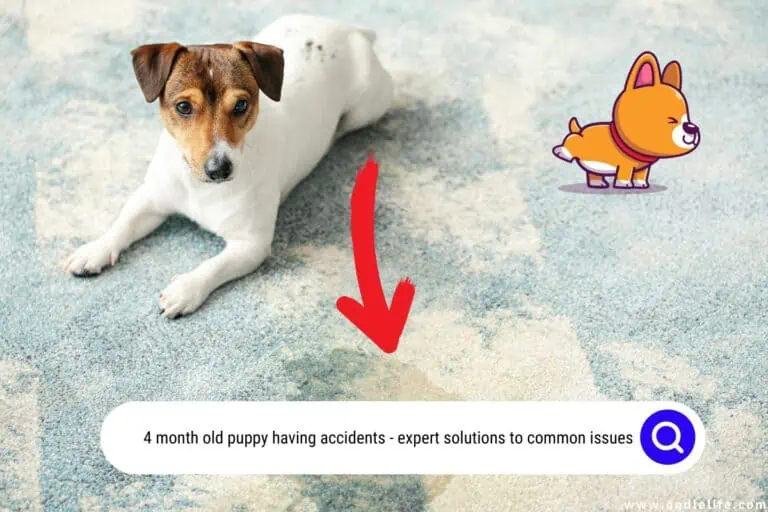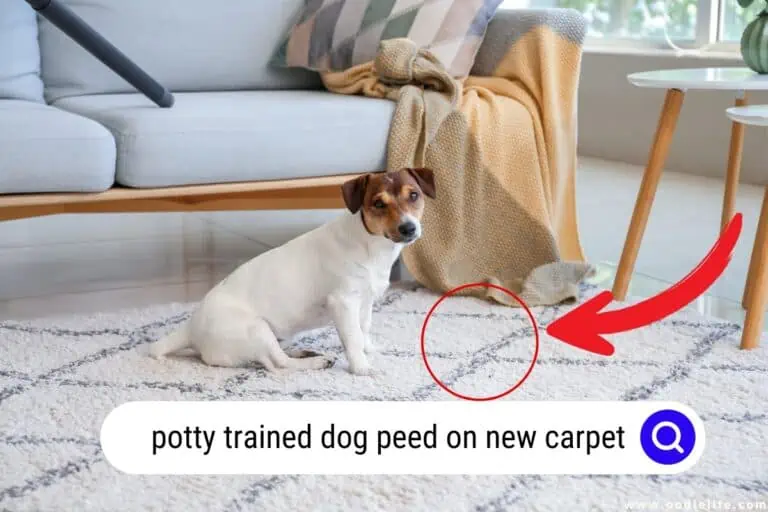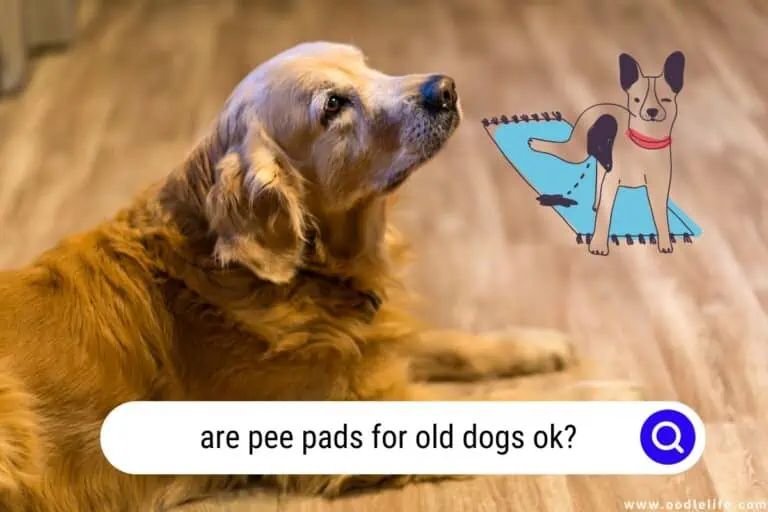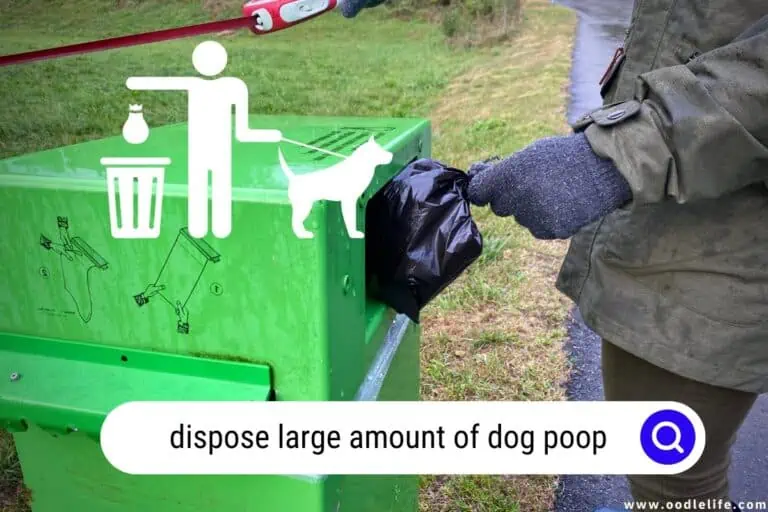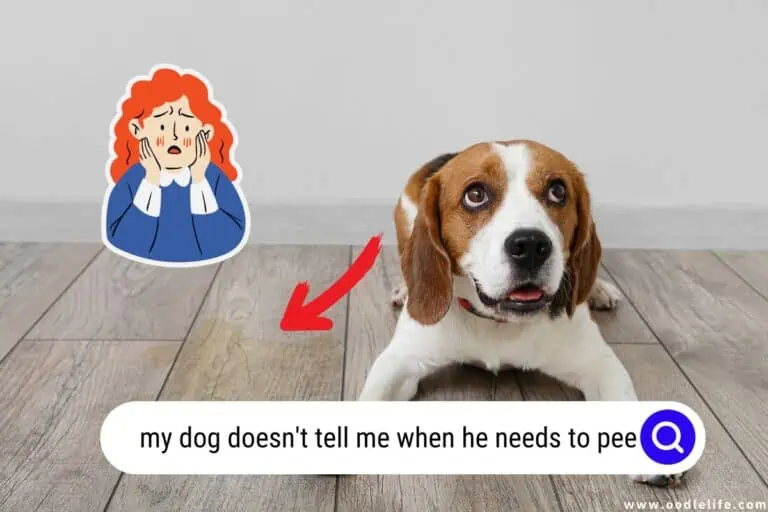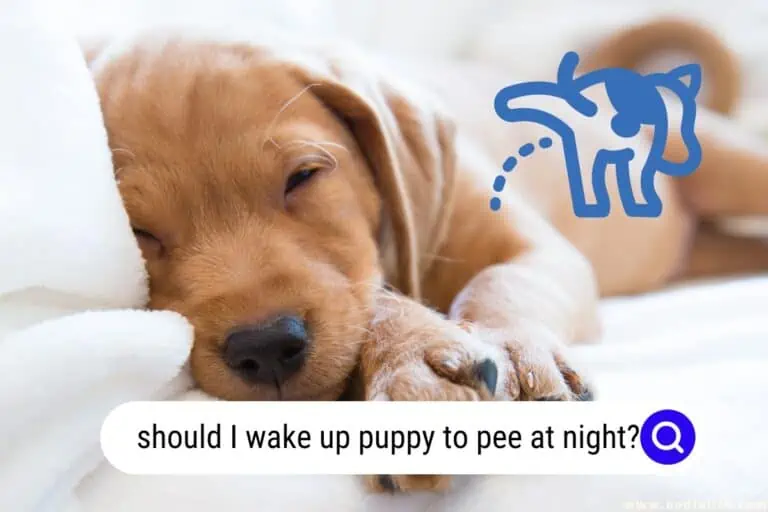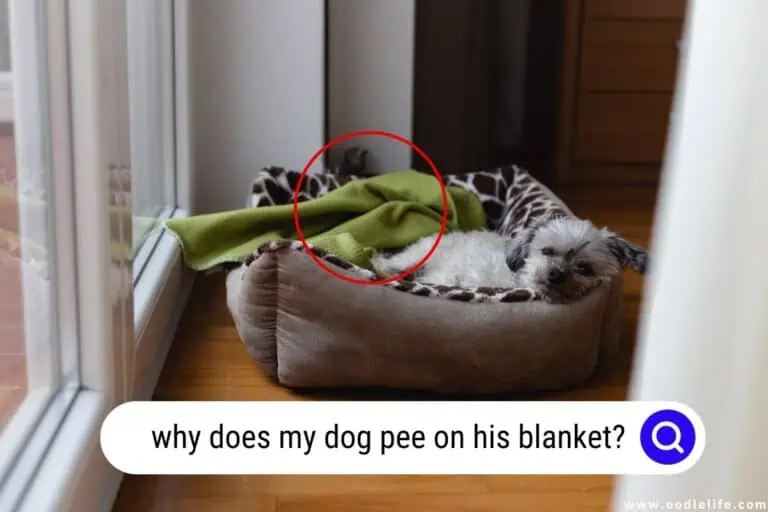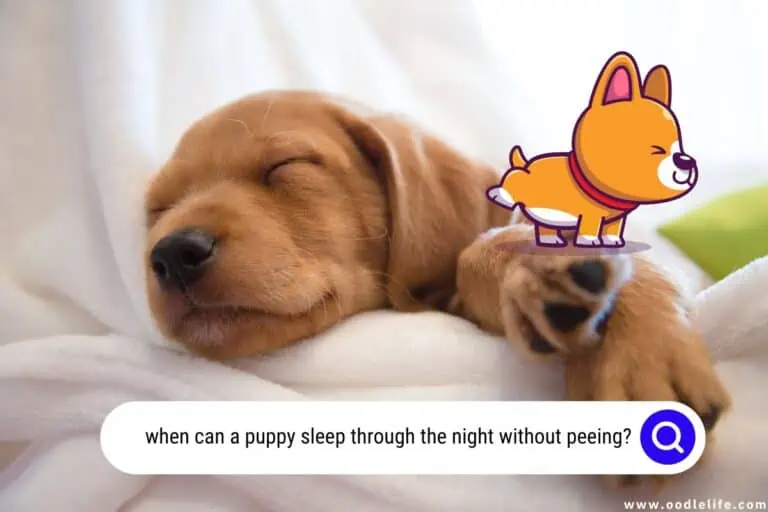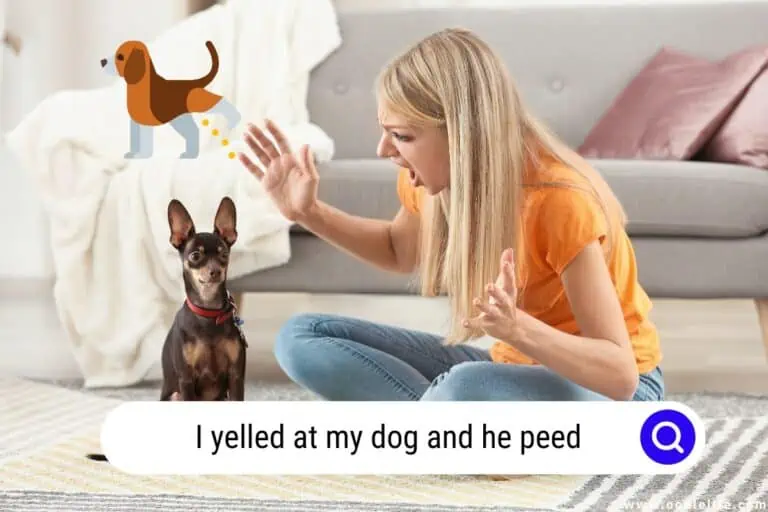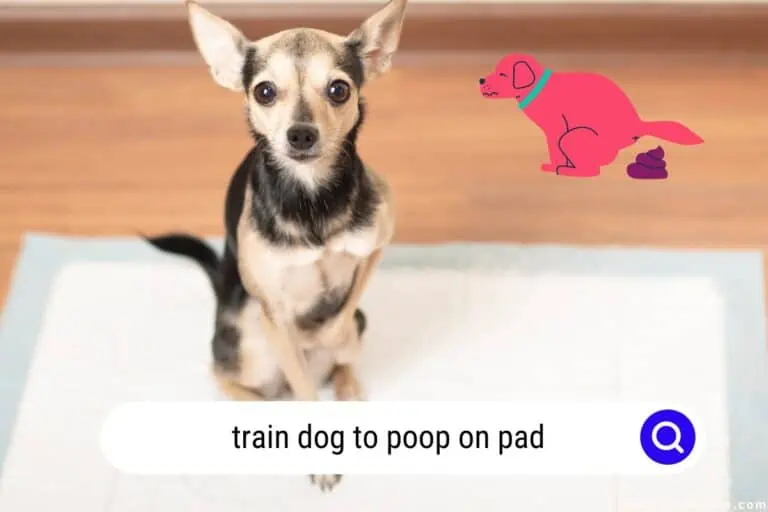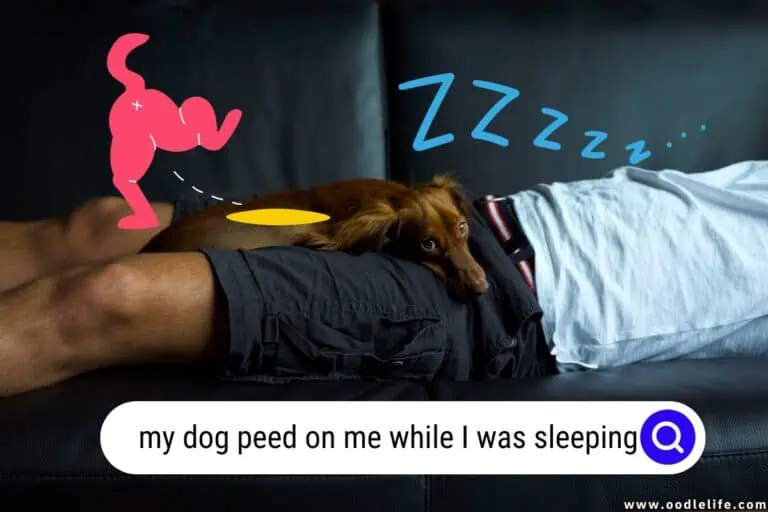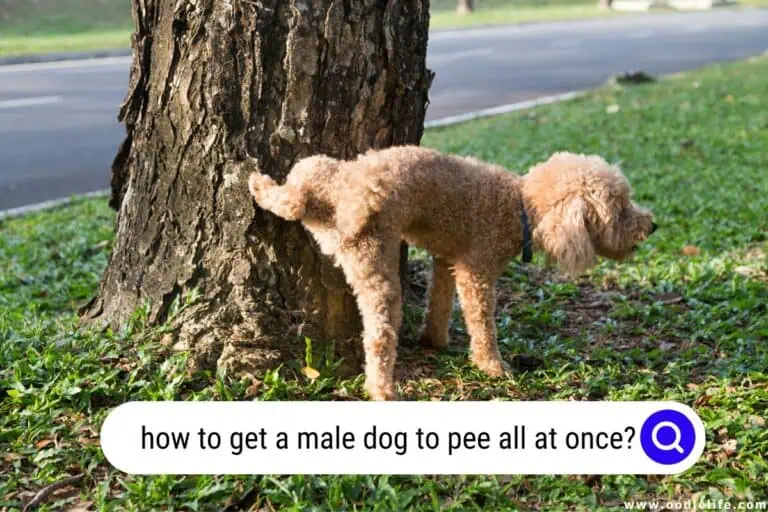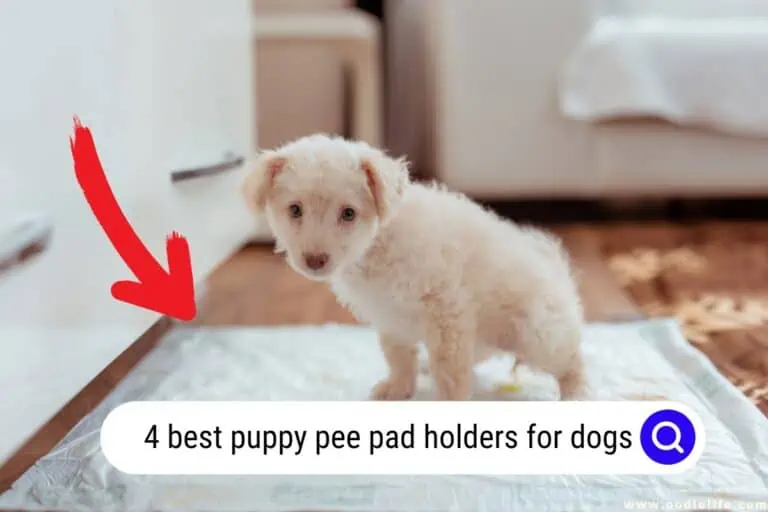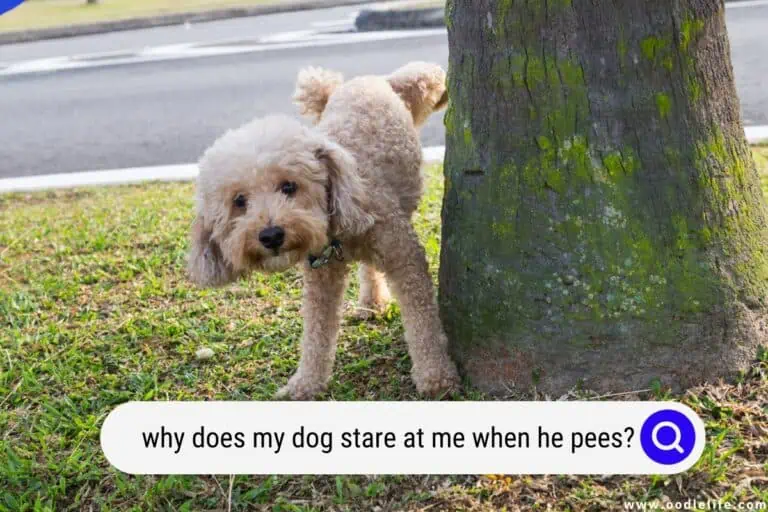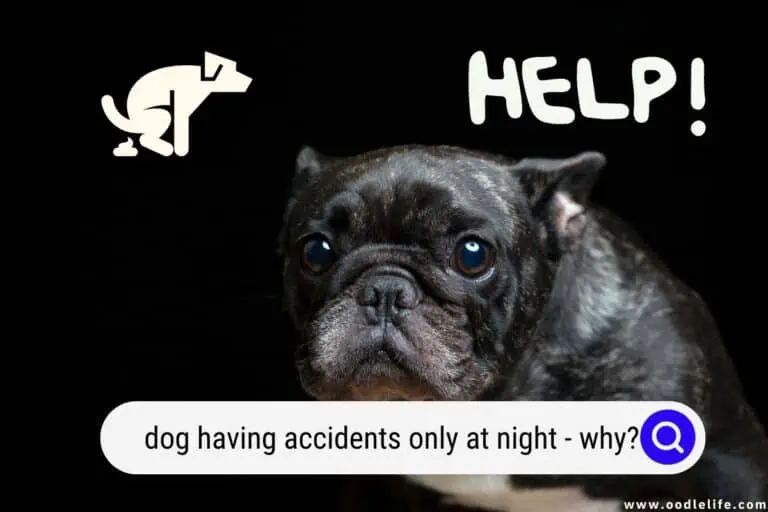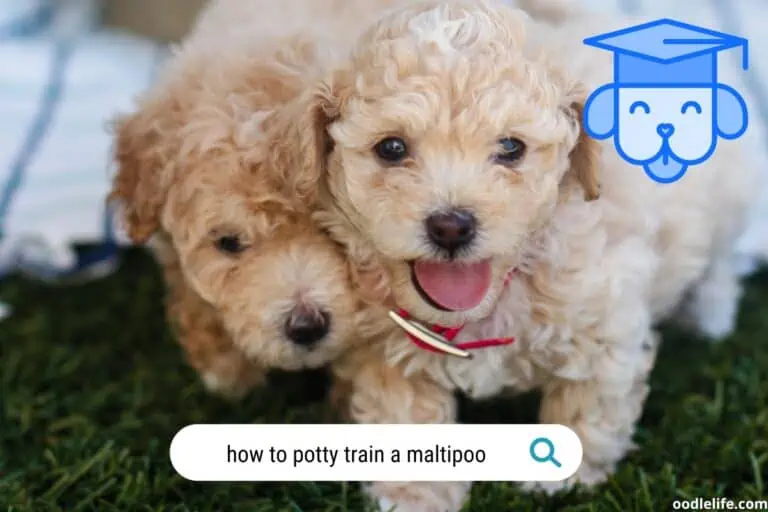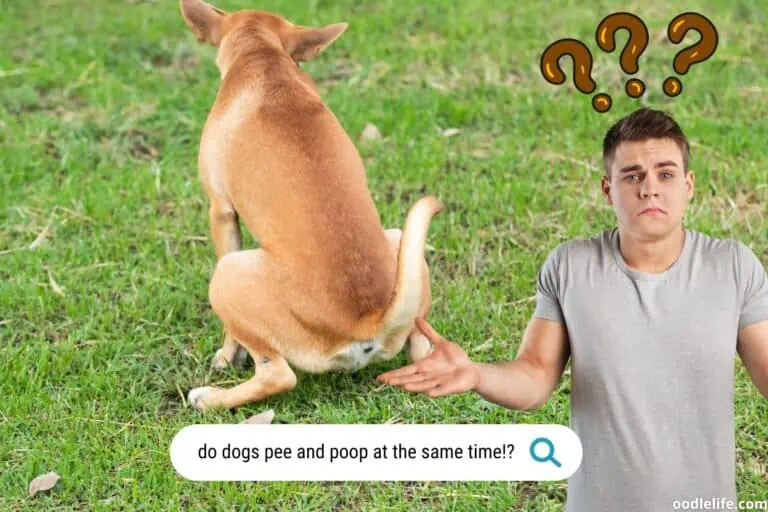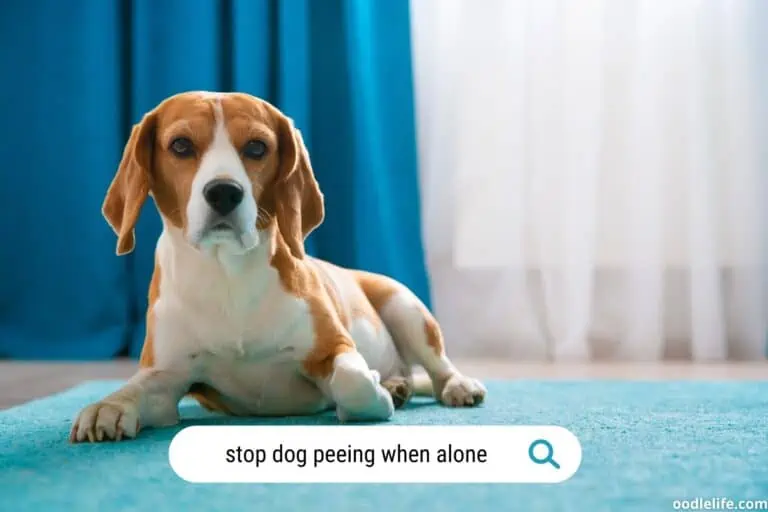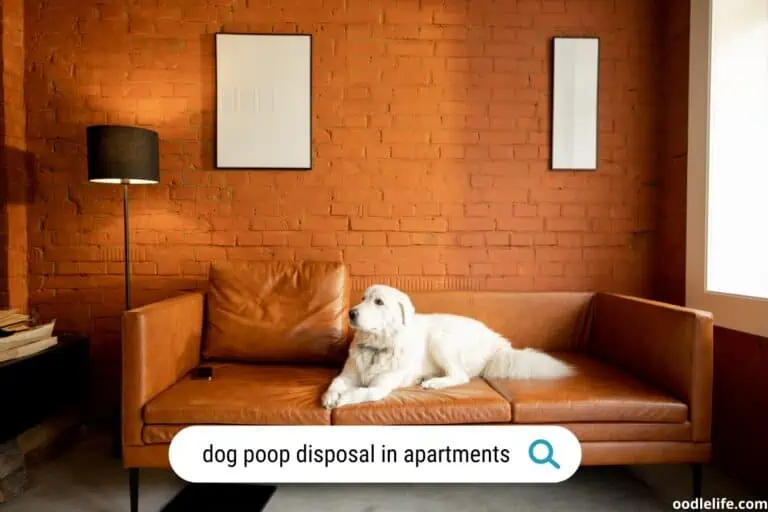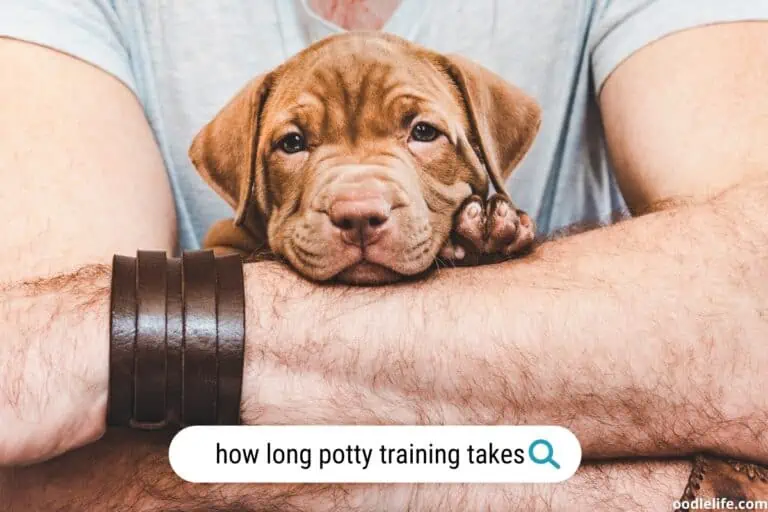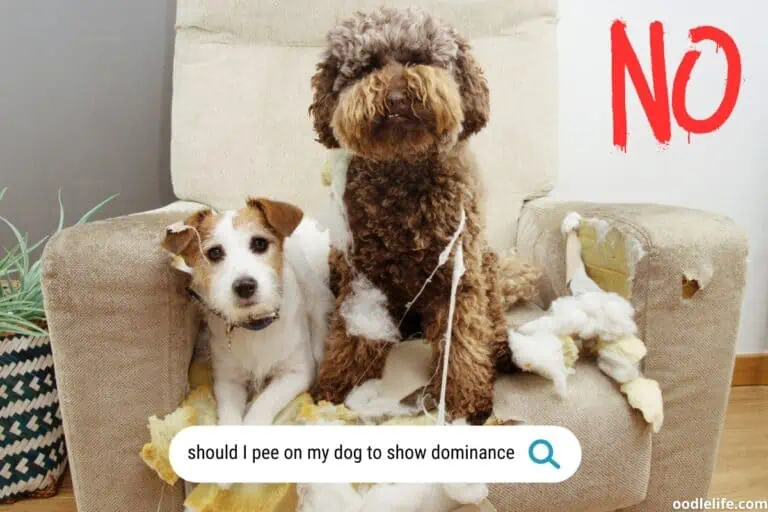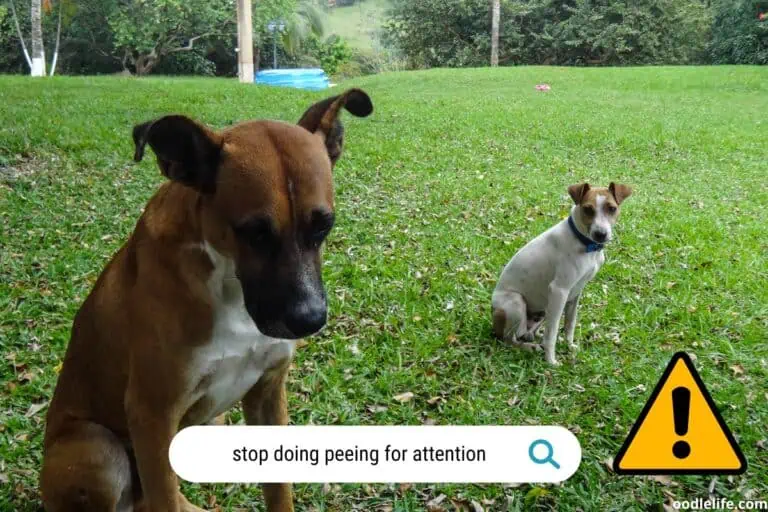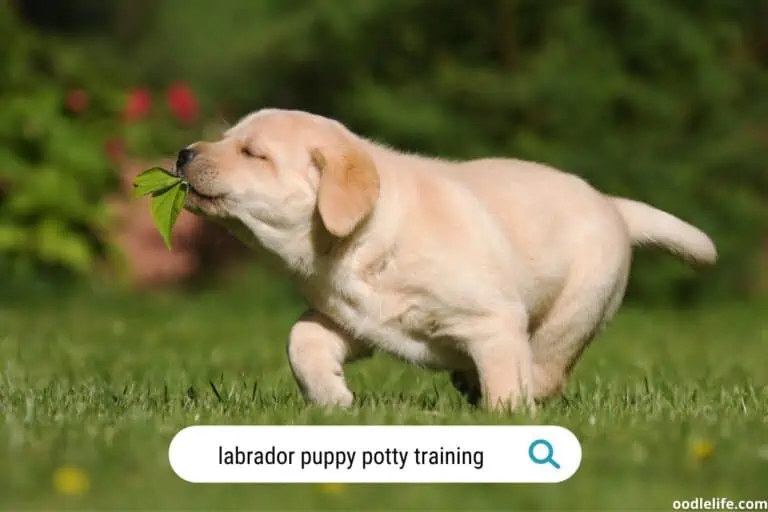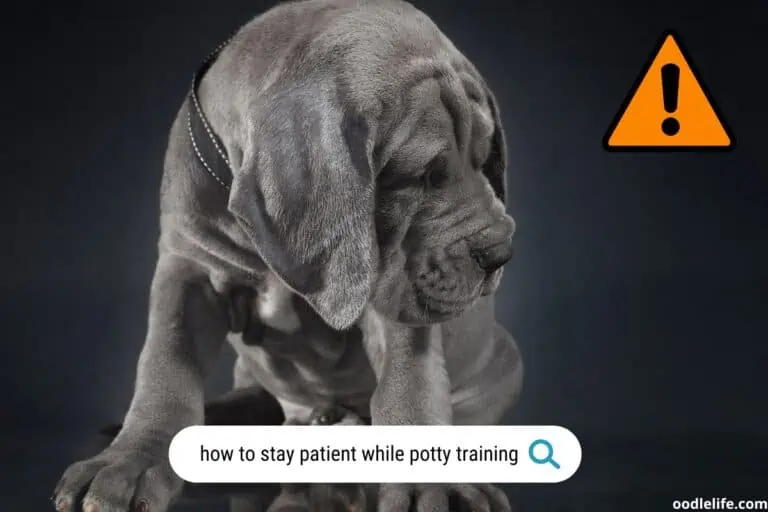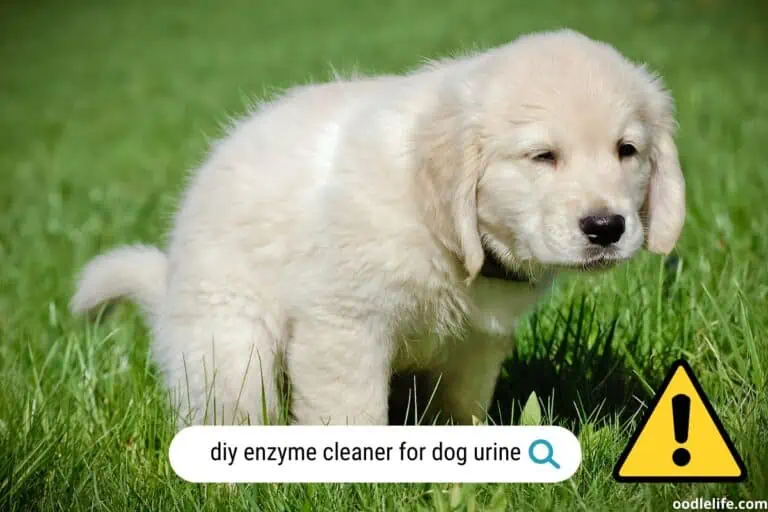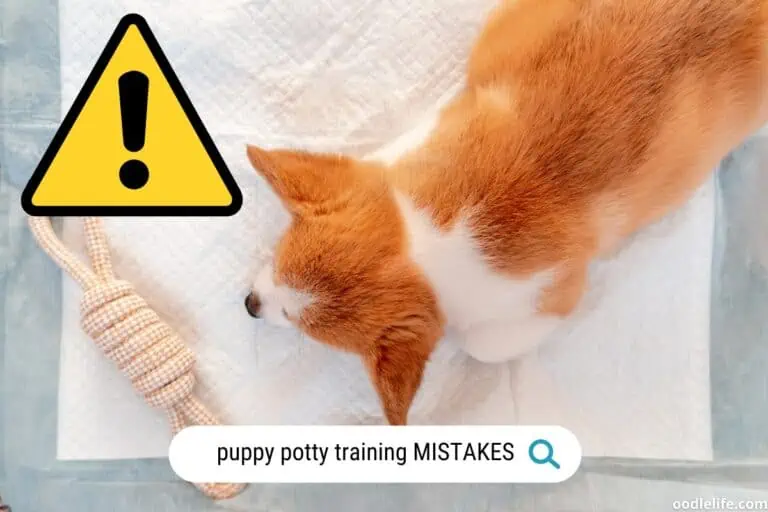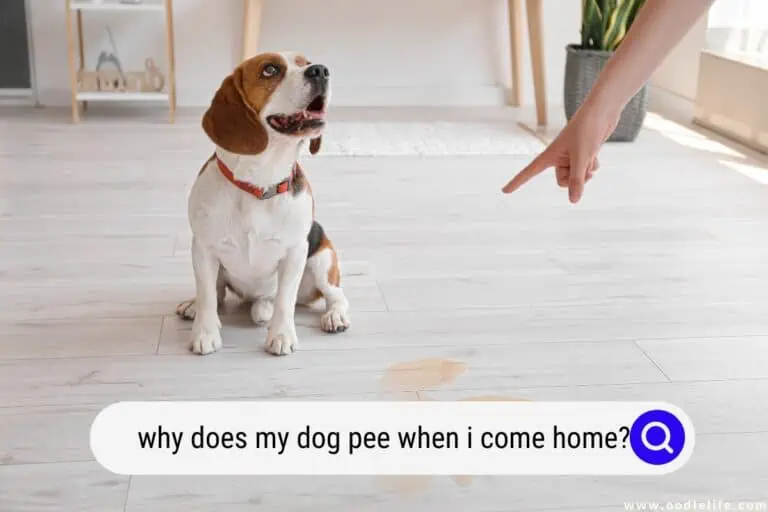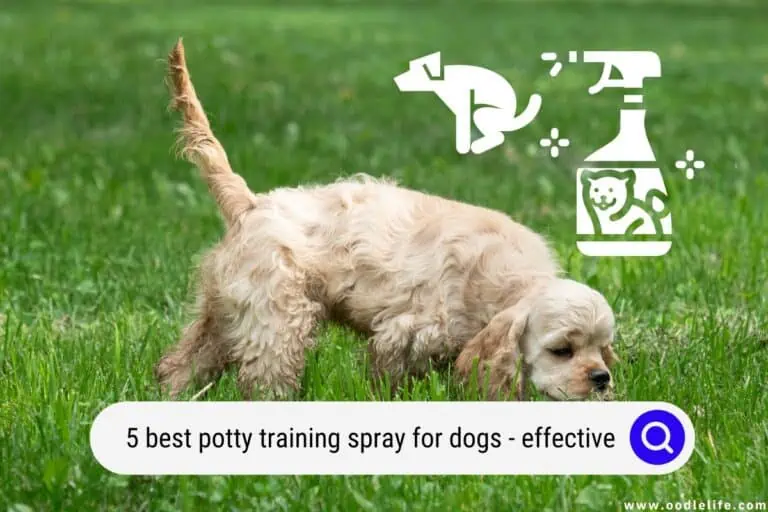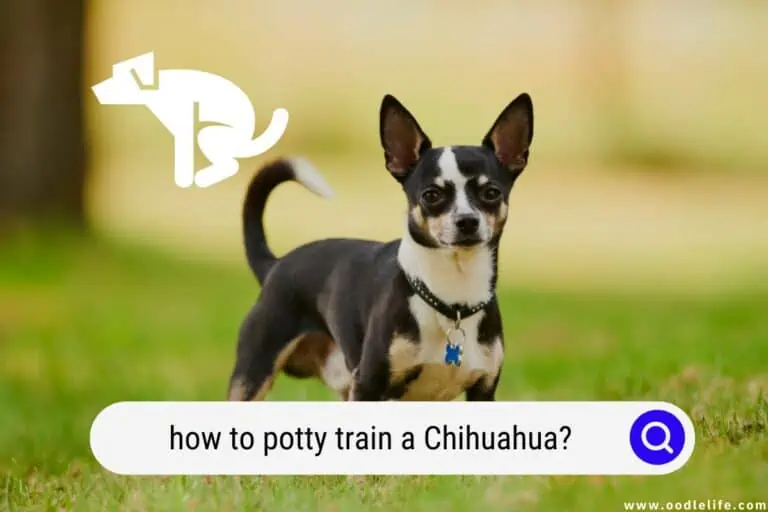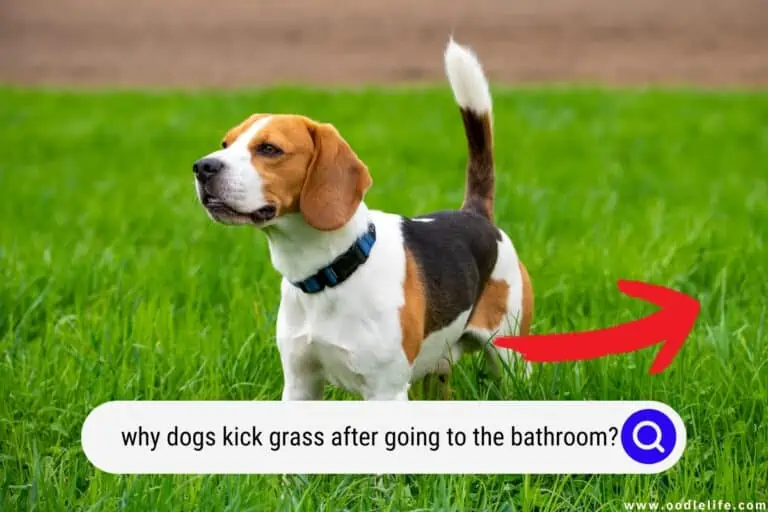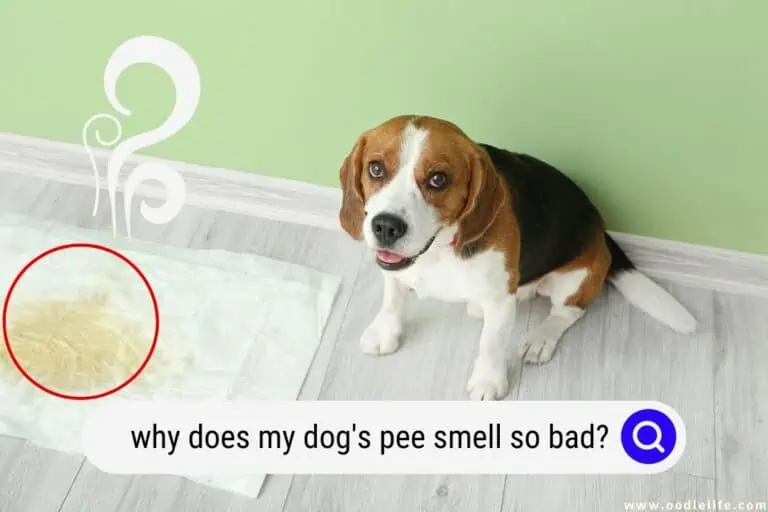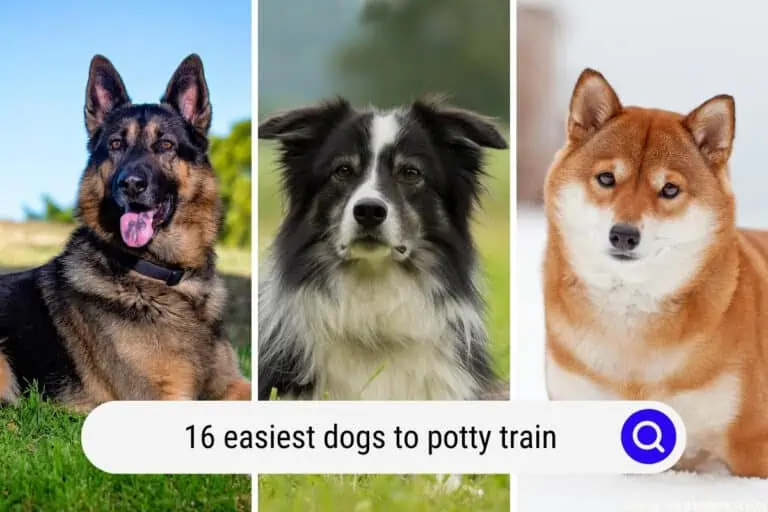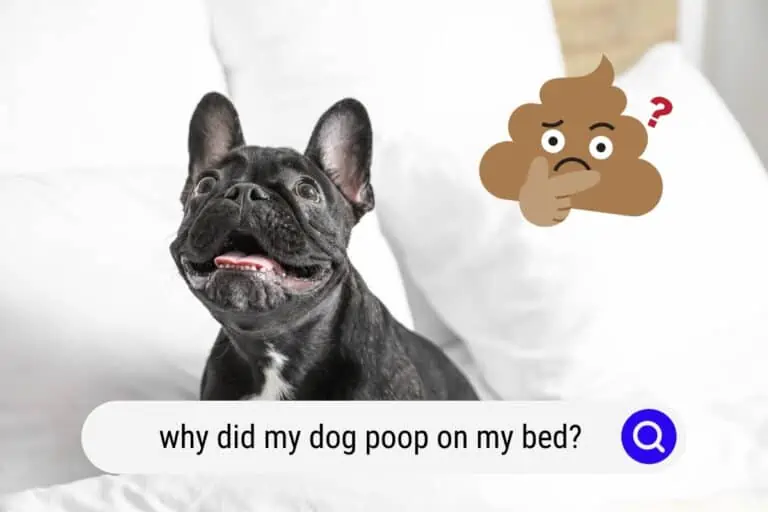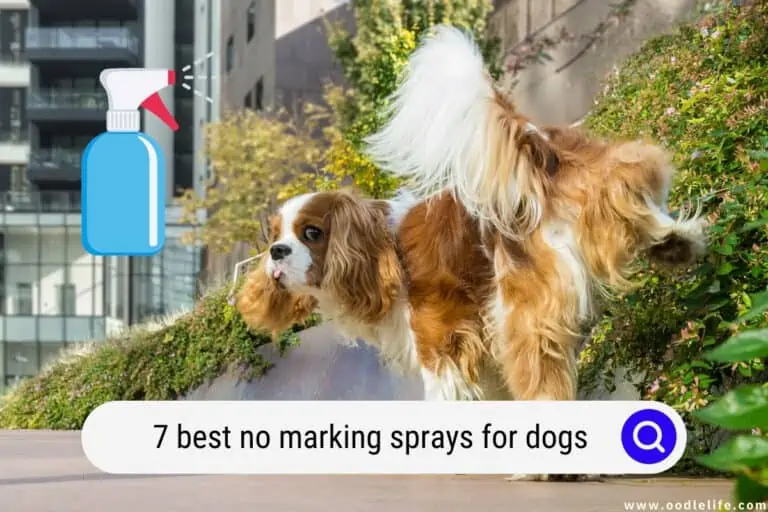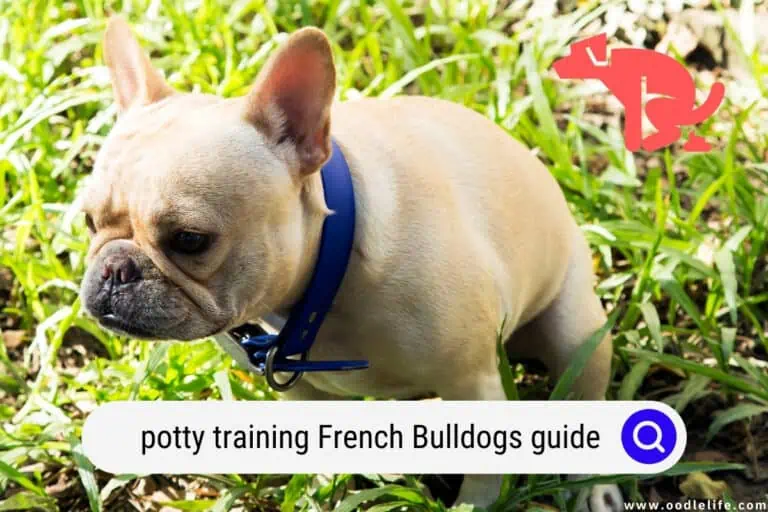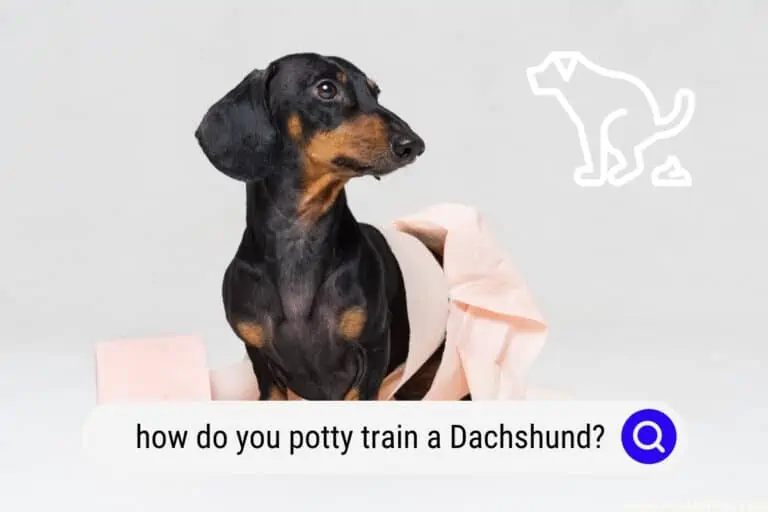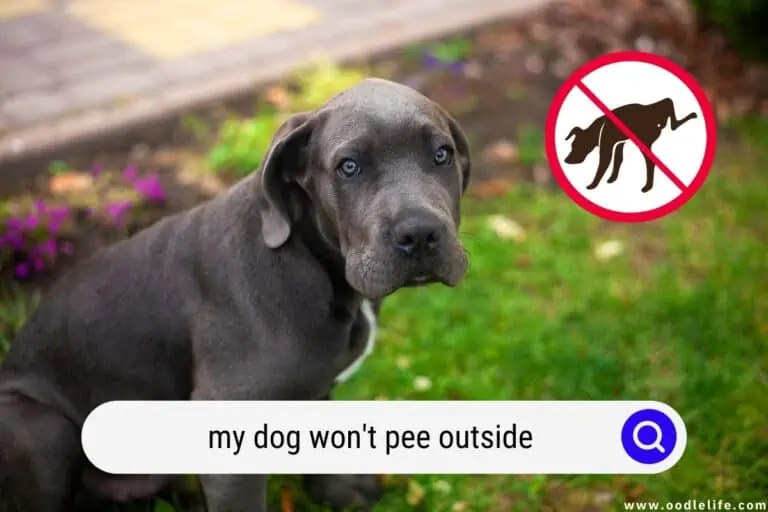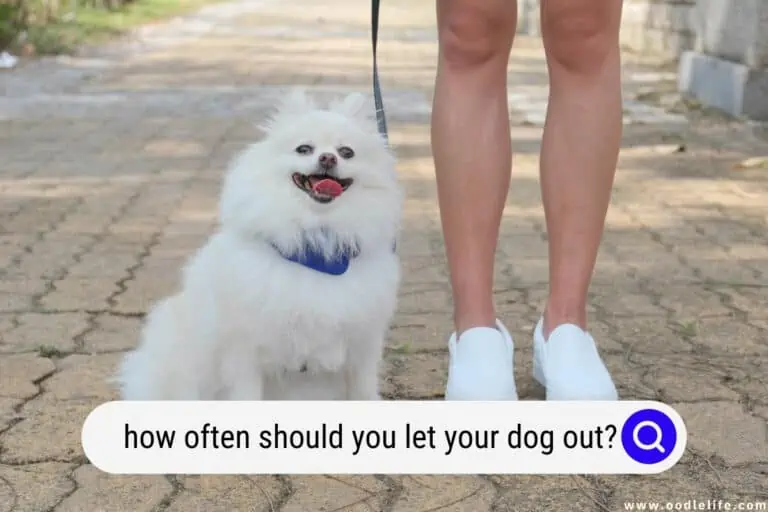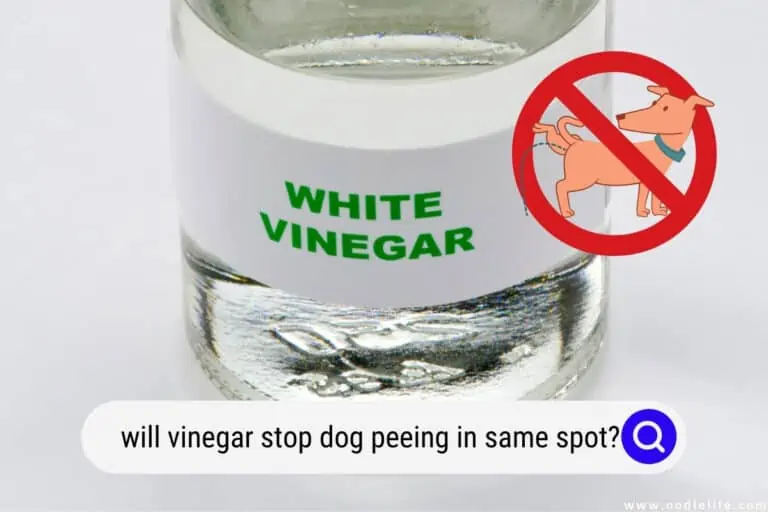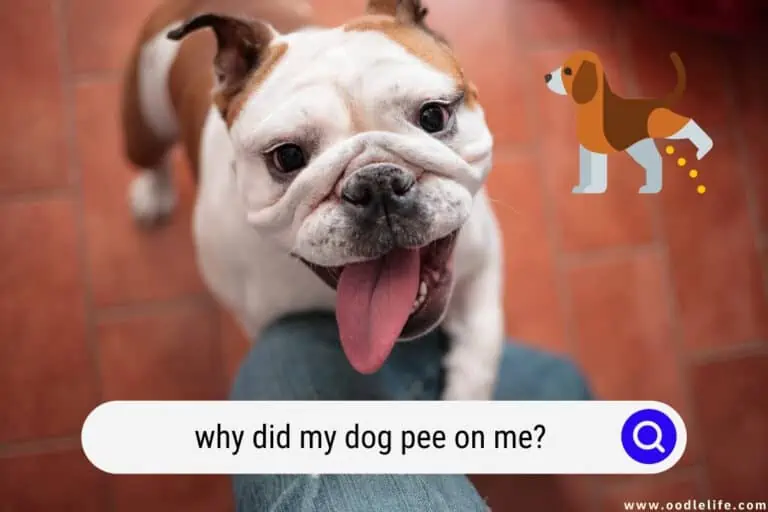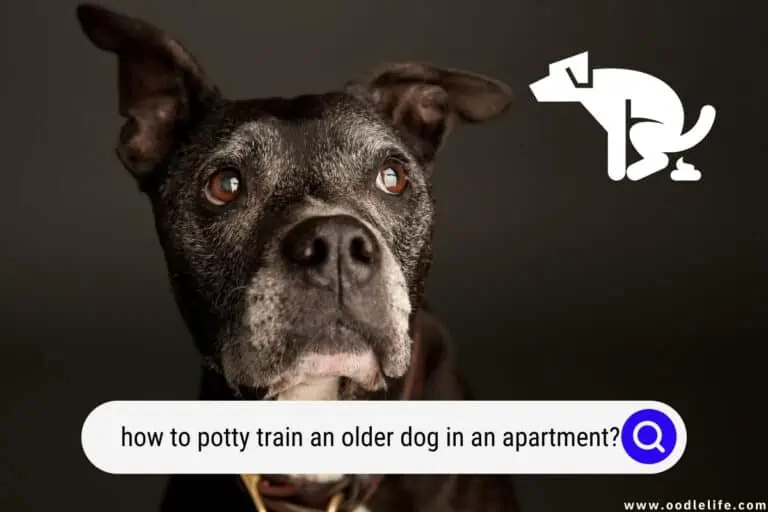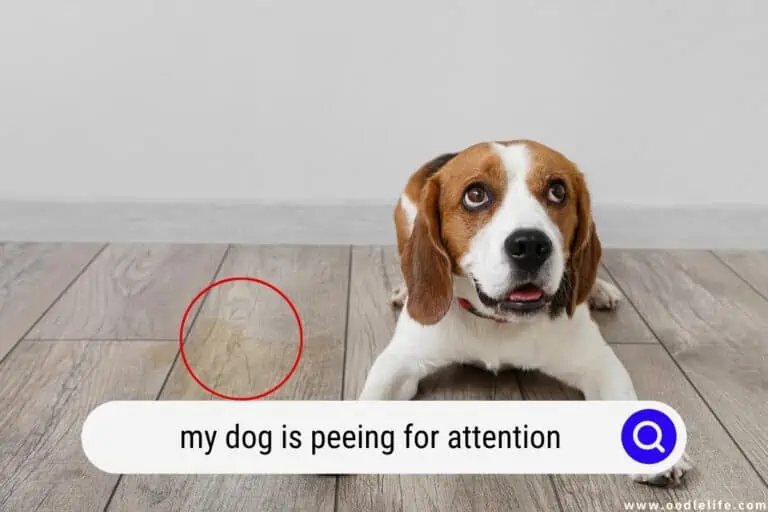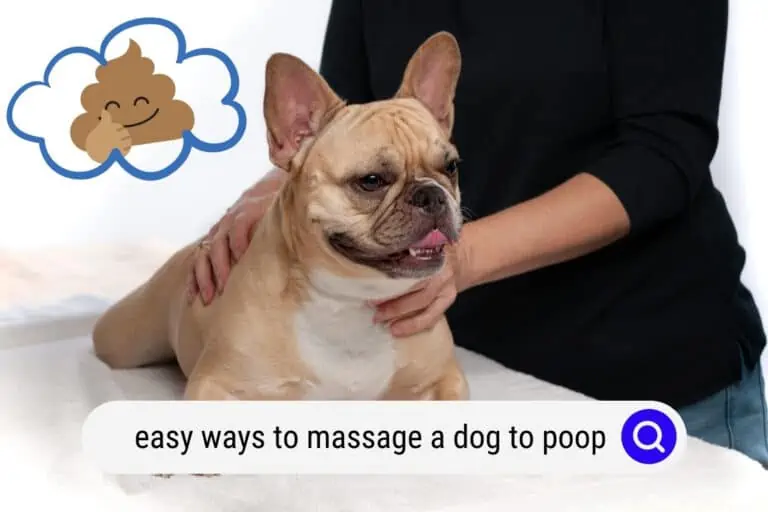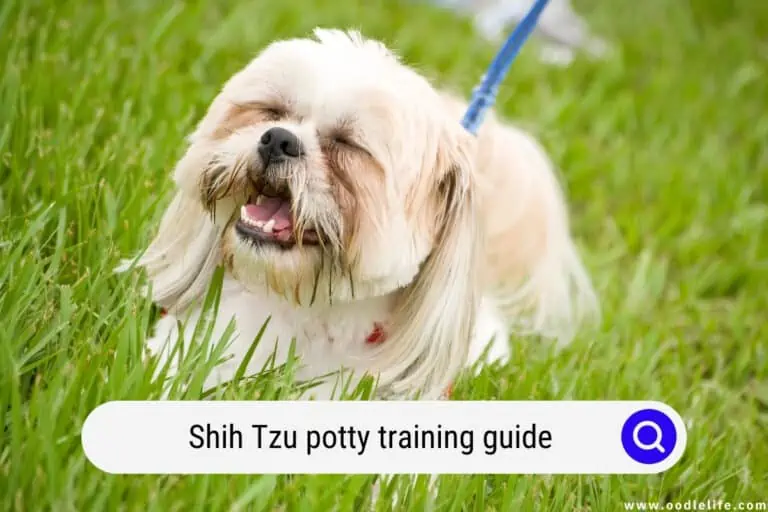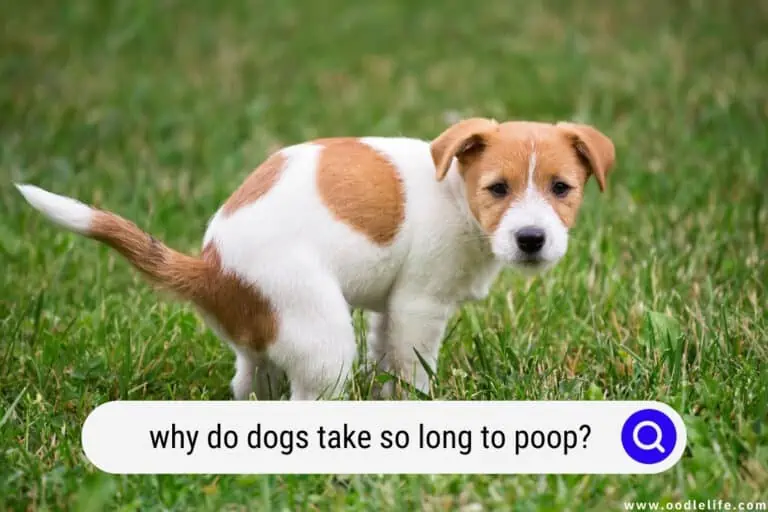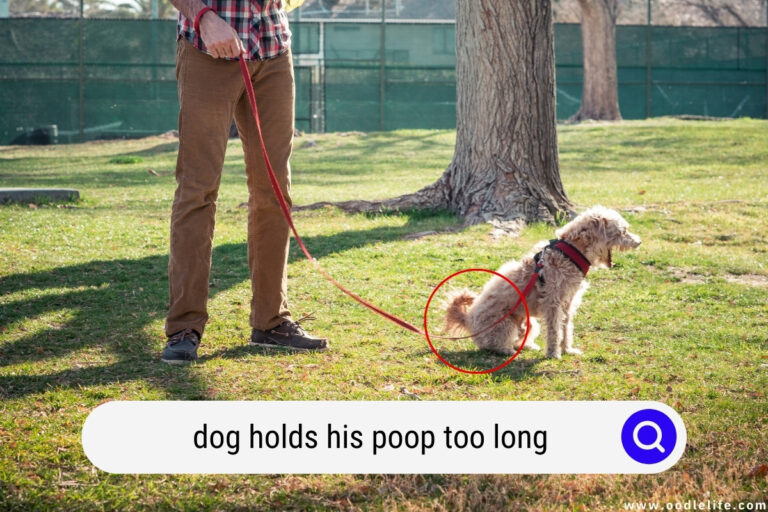How to Potty Train a Puppy (Everything Explained)
Welcome, devoted dog lovers and proud puppy parents! You’ve just embarked on a thrilling journey into the realm of canine mastery, and we’re here to guide you every wag, sniff, and bark of the way.
Get ready to unleash your inner dog whisperer as we reveal the secret sauce for transforming even the most mischievous pup into a potty-trained prodigy!
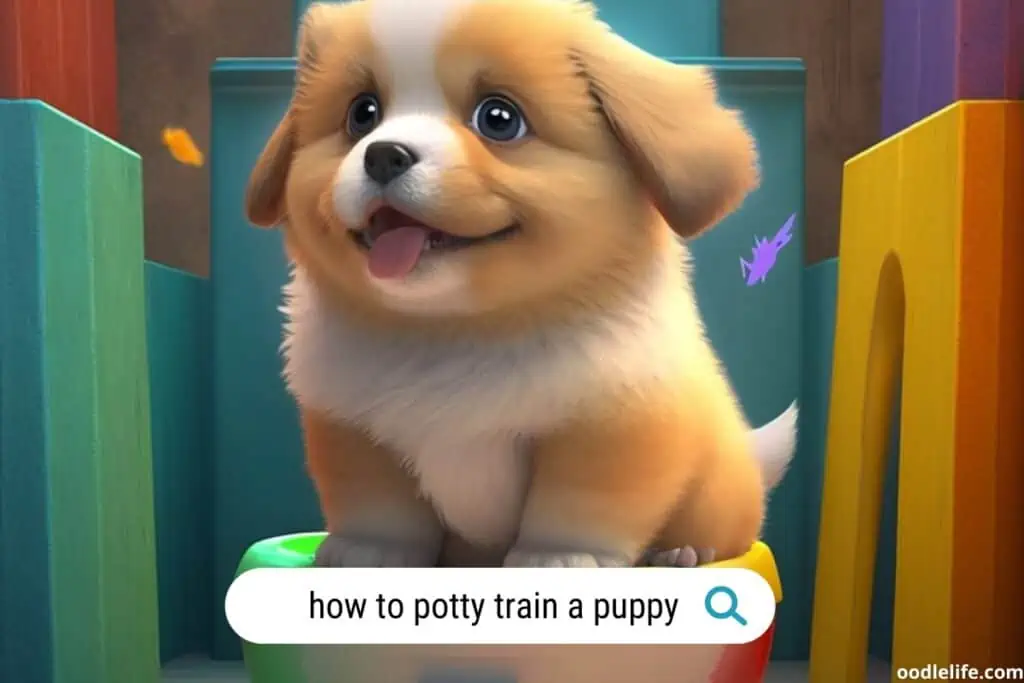
Our definitive guide to potty training your puppy will not only empower you with time-tested techniques, but also nourish your self-belief as you witness your furry friend blossoming into a model canine citizen.
Say goodbye to the days of stained carpets and surprise puddles; by the end of this guide, your pup will be the envy of the dog park, and your neighbors will be lining up to learn your secrets.
Understanding Puppy Potty Training
Potty training a puppy is an essential task for all pet owners. To make the process smoother and more manageable, it’s important to understand the different stages of puppy development and why proper potty training is crucial.
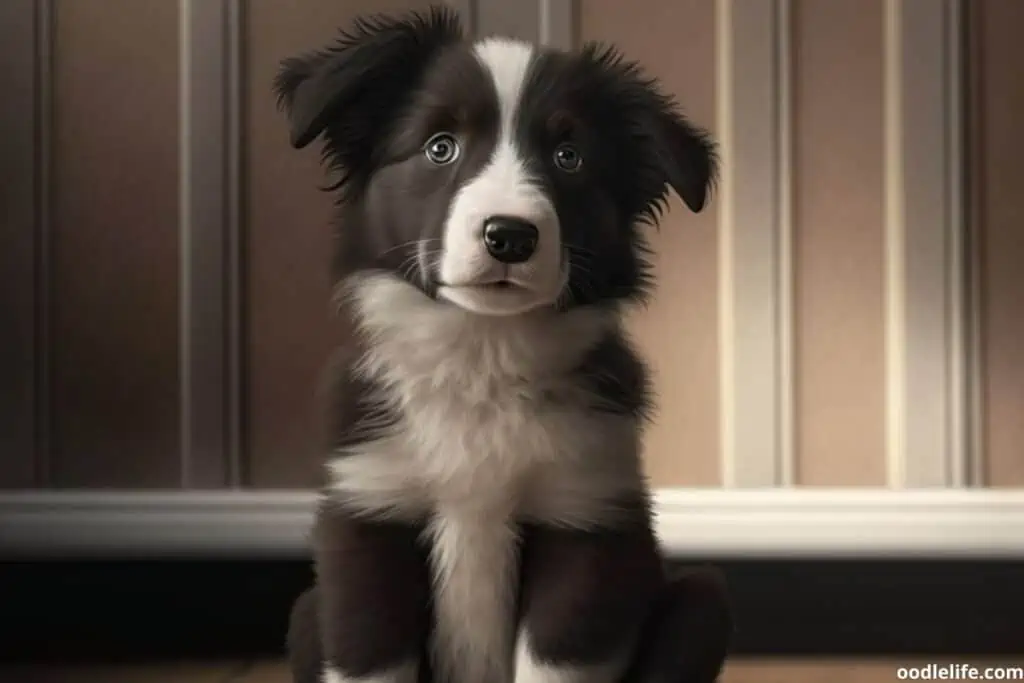
When To Start Potty Training
Puppies go through various developmental stages, with each stage bringing new challenges and opportunities for potty training. We start potty training from day one, but the good habits may not stick til later.
During the first few months, puppies may not have full control over their bladder and bowel movements, which can make potty training a bit trickier. However, most puppies will learn quickly if you’re patient and consistent with your training methods.
Between 12 and 16 weeks, puppies are typically ready to start learning good bathroom habits. At this stage, they have better control of their bladder and bowel movements, making it an ideal time to establish a consistent potty training routine.
Puppy Bladder Control vs Age Chart
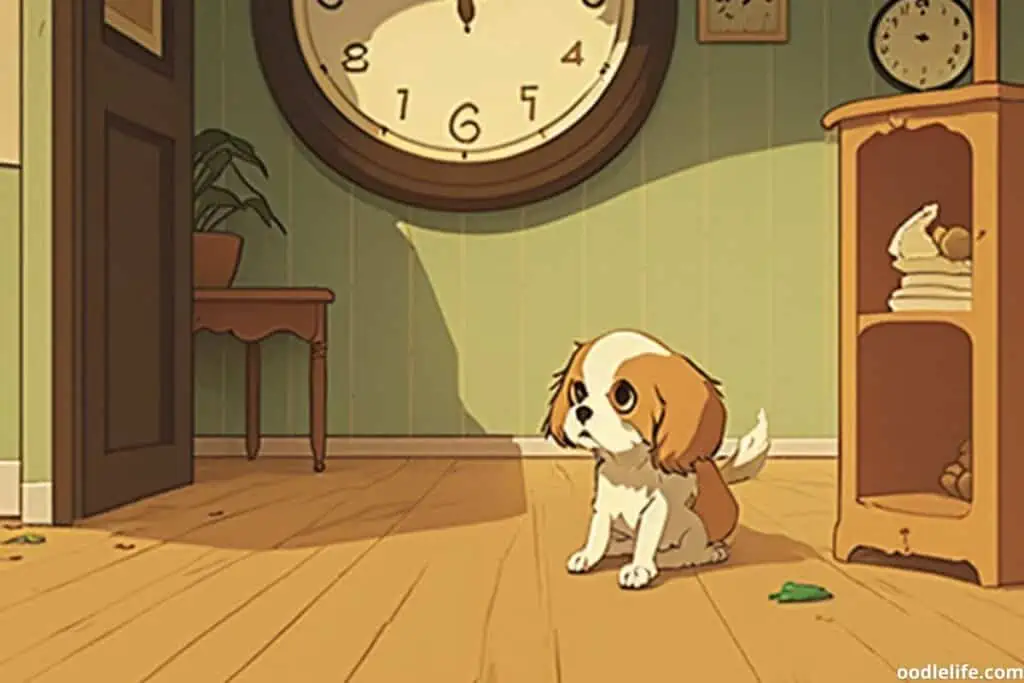
Please note that this table provides general guidelines for puppy bladder control, but individual dogs may vary. Always take your pup’s specific needs and development into account.
| Age | Bladder Control Duration |
|---|---|
| 2 months (8 weeks) | 2 hours |
| 3 months (12 weeks) | 3 hours |
| 4 months (16 weeks) | 4 hours |
| 5 months (20 weeks) | 5-6 hours |
| 6 months (24 weeks) | 6-7 hours |
| 7 months (28 weeks) | 7-8 hours |
| 8 months (32 weeks) | 8 hours or more |
As your puppy grows older, their bladder control improves, allowing them to hold their urine for longer periods. Remember that puppies, like humans, may have different bladder capacities, and external factors such as diet, water intake, and exercise can also affect their ability to hold it in. Always pay attention to your pup’s signals and adjust your potty training routine as needed.
Why Potty Training Is Important
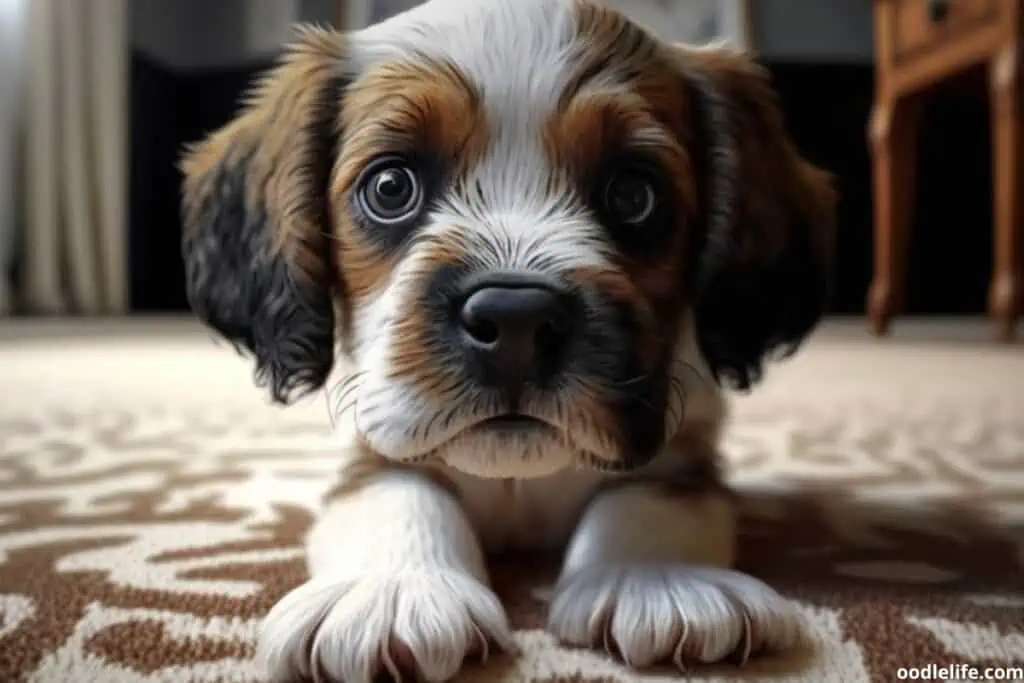
Proper potty training is not only essential for maintaining a clean and hygienic home environment, but it also helps establish a strong and positive bond between you and your puppy. A well-trained puppy will feel more secure and confident, making them a more enjoyable and well-behaved companion.
Failure to potty train your puppy can lead to ongoing issues such as indoor soiling, marking behavior, and potential conflicts within the household. It’s important to remember that patience, consistency, and positive reinforcement are the key ingredients for successful potty training. Like learning any new skill, your puppy might have some accidents along the way, but with a good dose of humor and persistence, you’ll both come through the process with flying colors – and fewer messes to clean up!
Setting the Foundation
Establishing a Routine
Establishing a routine is crucial in the potty training process. Puppies thrive on a consistent schedule, which helps them understand when it’s time to eat, play, and, most importantly, potty.
A good rule of thumb is that a puppy can hold their bladder for one hour for every month of age. For example, a 2-month-old puppy can hold it for about two hours.
Start by setting meal times, walks, playtime, and other activities on a daily routine. Consistency is the key, so make sure to maintain this schedule as diligently as possible. This routine will not only aid in successful potty training but also help your puppy feel more secure and comfortable in their new environment.
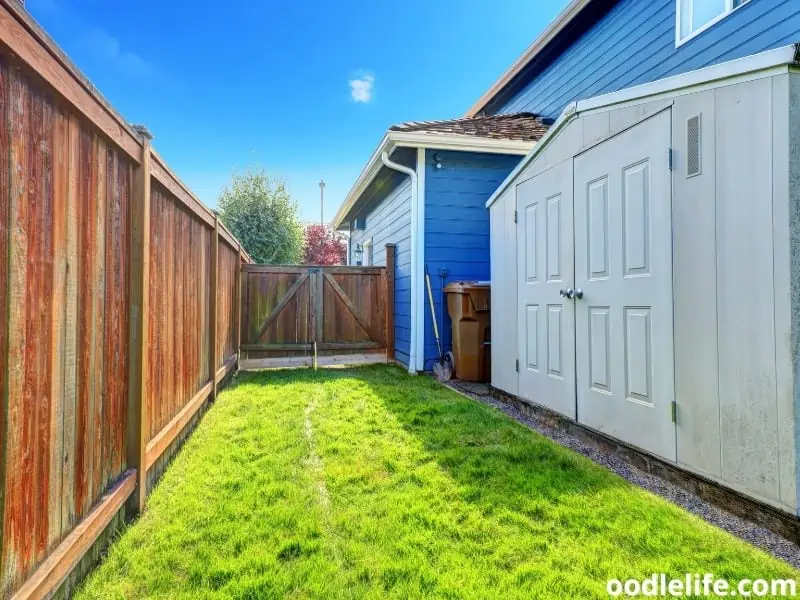
Creating a Potty Area
Designating a specific potty area will make it easier for your puppy to understand where they should go when nature calls. Choose a spot that is easily accessible for both you and your pup. Ideally, it should be a location that can be reached quickly from your puppy’s sleeping and play area.
When selecting the potty area, consider the following tips:
- Opt for a quiet spot with minimal distractions.
- Avoid places with high foot traffic or excessive noise that may startle your puppy.
- Ensure the surface is suitable for your puppy to do their business (i.e., grass or gravel).
- Keep the potty area clean and free from debris.
Remember to leash your puppy when guiding them to the designated potty area, and use a command or cue like “go potty” to reinforce the action. Offer praise and rewards, such as a treat or playtime, whenever your puppy successfully uses the potty area. This positive reinforcement will encourage them to repeat the appropriate behavior in the future.
Puppy Potty Training Shopping List and Expenses
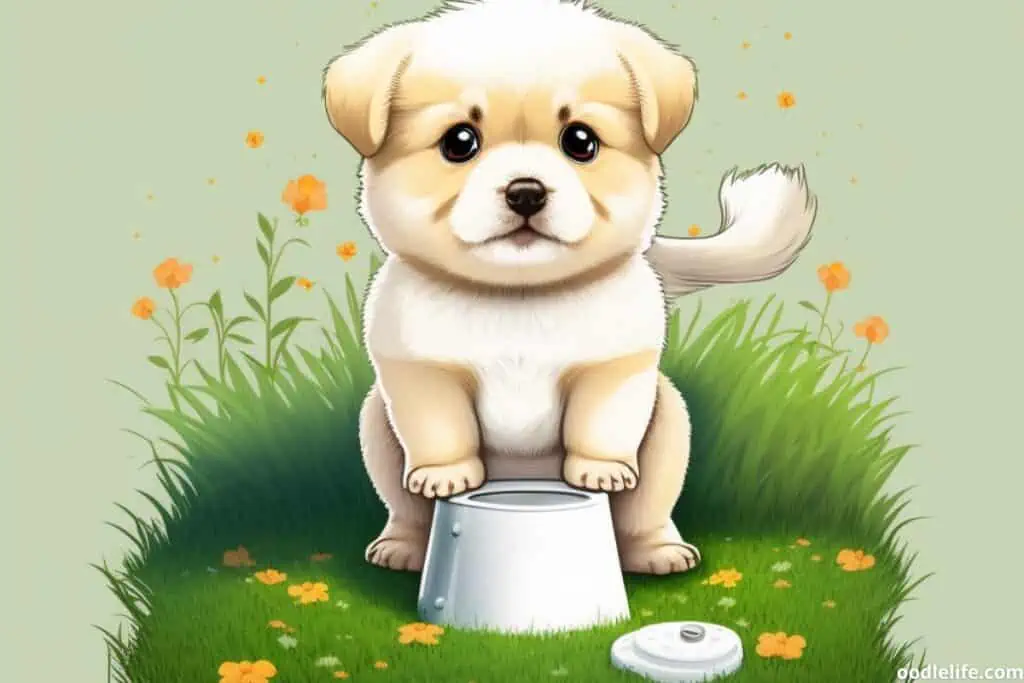
1. Puppy Pads – $15-$25 (Optional)
These absorbent pads make it easier to clean up accidents during the initial stages of potty training. They can also be useful for apartment dwellers or those without easy access to outdoor spaces.
2. Crate – $35-$100 (Essential)
A crate provides your puppy with a safe, comfortable space where they can sleep and relax. It also helps in establishing a consistent potty routine and preventing accidents when you’re not around to supervise.
3. Collar & Leash – $10-$30 (Essential)
A properly fitted collar and a sturdy leash are necessary for taking your puppy outside to potty. This ensures both safety and control during their outdoor bathroom breaks.
4. Treats – $5-$15 (Essential)
High-quality, small-sized treats are perfect for rewarding your puppy when they successfully do their business outdoors. Positive reinforcement is key to successful potty training.
5. Poop Bags – $5-$10 (Essential)
Biodegradable poop bags are necessary for picking up and disposing of your puppy’s waste during outdoor potty breaks. It’s a responsible practice that keeps the environment clean and odor-free.
6. Stain & Odor Remover – $10-$20 (Optional)
Accidents are bound to happen during the potty training process. A pet-friendly stain and odor remover will help keep your home fresh and clean, and discourage your puppy from repeating mistakes.
7. Baby Gate – $20-$50 (Optional)
Baby gates can be used to create a designated potty area or restrict access to certain parts of your home during the training process. This helps in creating boundaries and preventing unsupervised accidents.
Total Estimated Expense: $100-$250
Keep in mind that prices may vary depending on the brand, size, and quality of the items. Choose products that best suit your needs, budget, and preferences.
The Ultimate 7-Step Potty Training Plan for Your Puppy
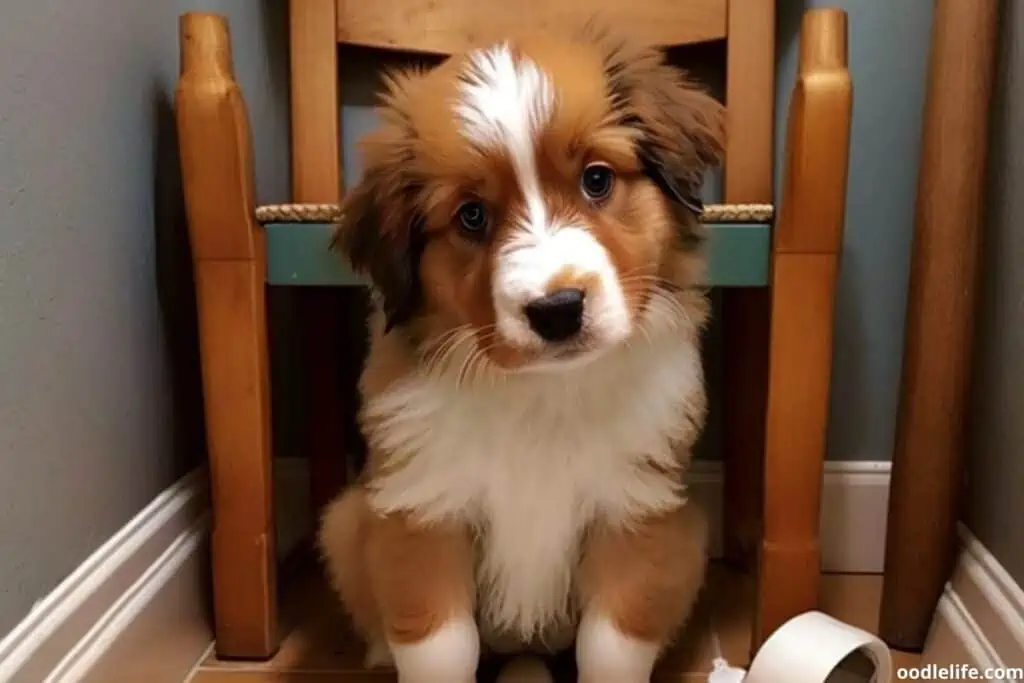
Step 1: Establish a schedule
Determine specific times for your puppy’s meals, playtime, and potty breaks. Consistency is key. For example, take them out first thing in the morning, after meals, after naps, and right before bedtime.
- First thing in the morning
- After waking up from a nap
- 15-30 minutes after meals or drinking water
- During and after playtime or physical activity
- Before and after being crated or confined
- Right before bedtime
- At least once during the night for very young puppies
Step 2: Choose a designated potty spot
Select a specific outdoor area where you want your puppy to do their business. This helps them associate the spot with going potty. For example, choose a quiet corner in your backyard or a patch of grass nearby.
Step 3: Use a consistent command
Introduce a command, like “go potty” or “do your business,” when taking your puppy to the designated spot. Always use the same command to help them understand what you expect.
Step 4: Reward and praise
Immediately reward your puppy with a small treat and praise when they successfully eliminate in the designated area. This positive reinforcement encourages them to repeat the behavior.
Step 5: Monitor and supervise
Keep a close eye on your puppy when indoors. Look for signs they need to go, such as sniffing, circling, or whining. If you notice these signs, quickly take them to the designated potty spot.
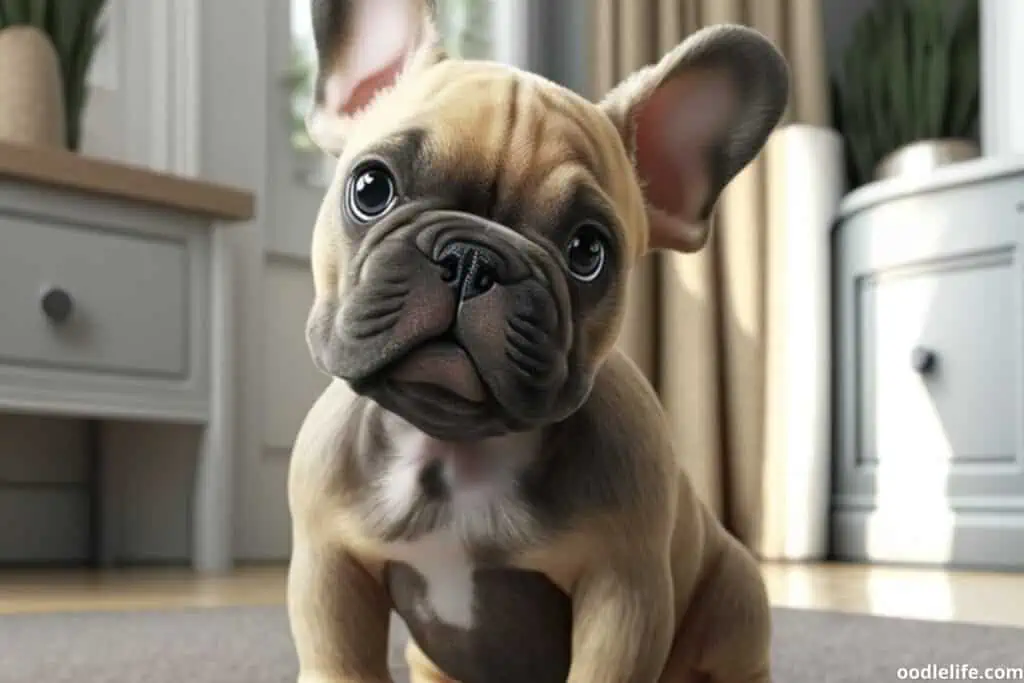
Step 6: Handle accidents calmly
If your puppy has an accident indoors, calmly interrupt them and take them to the designated potty spot. Clean the area thoroughly with an enzyme-based cleaner to remove odors and prevent future accidents.
Step 7: Gradually increase freedom
As your puppy becomes more reliable with potty training, gradually give them more freedom to explore the house under supervision. This helps build their confidence and reinforces good habits.
By following these eight concrete steps, you’ll create a simple, actionable plan to successfully potty train your puppy. Consistency, patience, and positive reinforcement are key to achieving a well-trained, happy pup.
Training Techniques Expanded
Potty training a puppy can be an exciting and challenging task. In this section, we will discuss some effective training techniques that will help you set your furry friend on the path to success. These methods include positive reinforcement, crate training, and paper training.
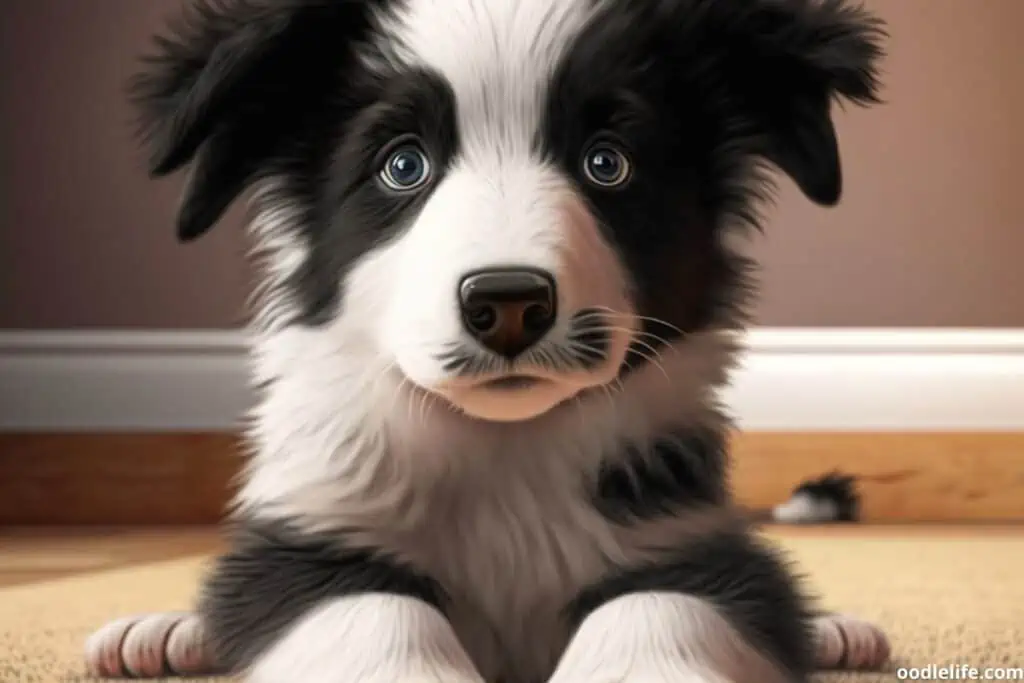
Positive Reinforcement
Using positive reinforcement is an excellent way to train your puppy. It involves rewarding your puppy with treats, praise, or playtime whenever they successfully do their business outside. This encourages them to repeat the behavior and strengthens the association between going potty outside and receiving a reward.
- Be consistent with the rewards
- Make sure to reward them immediately after they go
- Gradually decrease the frequency of rewards as your puppy becomes more reliable
A little praise goes a long way, and soon your pup will be a potty pro!
Crate Training
Crate training is another useful technique to help your puppy develop good potty habits. The idea behind it is that a dog will naturally avoid soiling its den or sleeping area. Therefore, by providing a crate that’s just large enough for your puppy to stand up, lie down, and turn around, you can create a space that they won’t want to soil.
- Choose an appropriate-sized crate
- Introduce your puppy to the crate gradually
- Take your puppy out to potty right before and after crate time
Remember, the crate should be a positive, safe space for your pup, so never use it as a punishment.
Paper Training
Paper training is another method to help your puppy learn where to go potty. It involves laying down newspapers or special absorbent pads in a designated area where your puppy can relieve themselves. It can be especially helpful for those who live in apartments or need an indoor potty solution.
- Designate a small area for paper training
- Bring your puppy to the area when it’s time to go potty
- Slowly reduce the size of the papered area as your puppy’s aim improves
With a little patience, your puppy will start to understand that the papered area is their designated potty zone.
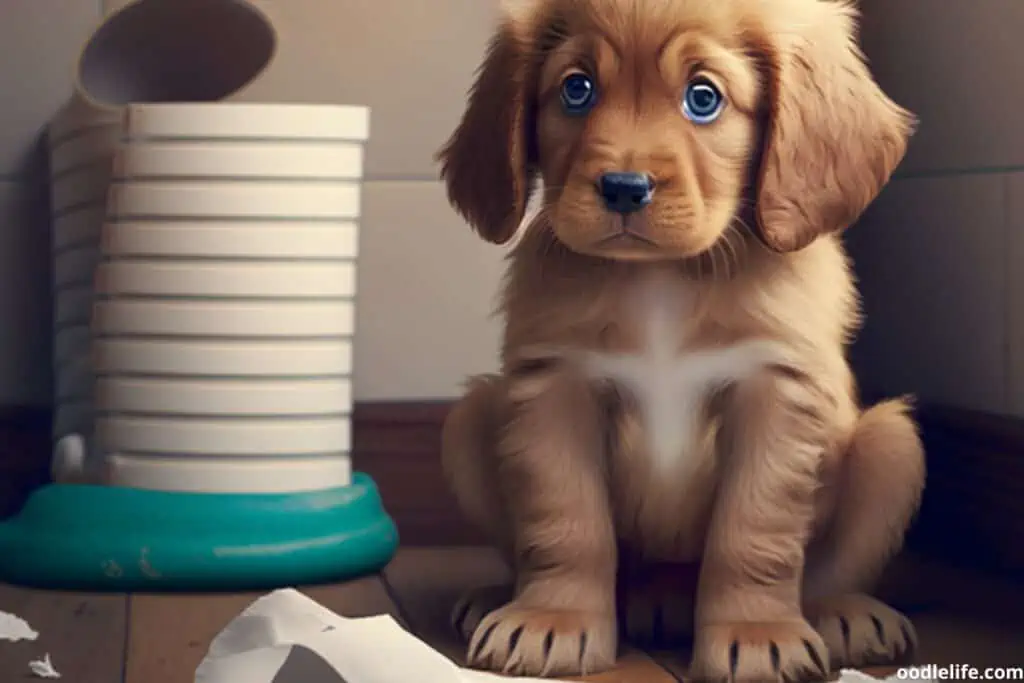
Common Challenges and Solutions
Potty training a puppy can be a rewarding process, but it also comes with its fair share of challenges. In this section, we will discuss two common issues that may arise during potty training and provide solutions for handling them.
Accidents
Accidents are a natural part of the potty training process, and it’s important to handle them with patience instead of anger. When an accident occurs, it’s best to remain calm and avoid punishing your puppy, as this can create a negative association with potty training.
Puppies generally give signs that they need to go, such as sniffing, circling, or becoming restless. Pay attention to these signals, and quickly take your puppy outside to their designated potty spot. Use positive reinforcement, like praise or treats, when they successfully go outside to reinforce the desired behavior. Remember, consistency and patience are key to overcoming accidents during the potty training process.
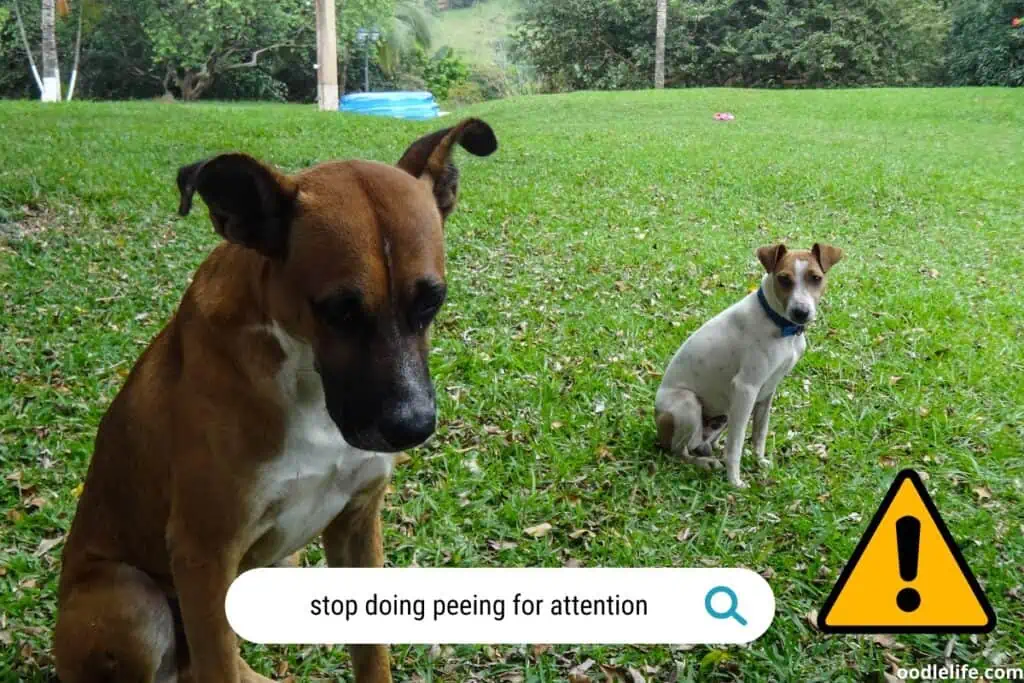
Marking
Another challenge you may face is marking or territorial urination. This typically occurs in older puppies or dogs and can be a sign of dominance or anxiety. Marking can be frustrating, but it’s important to distinguish between marking and regular accidents.
Marking behaviors can be reduced or eliminated by spaying or neutering your dog, which can significantly decrease the hormonal urge to mark. Additionally, using enzymatic cleaners designed for pet odors can help remove the scent associated with marking and discourage repeat incidences.
In cases where marking is anxiety-driven, focus on creating a stable and predictable environment for your puppy. Reducing anxiety and providing clear boundaries can minimize marking behaviors and help your puppy feel secure.
By understanding and addressing the common challenges, you’re well on your way to successfully potty training your puppy. Keep in mind, every dog is unique, so remain patient and adapt your approach as necessary to find what works best for you and your furry friend.
Monitoring Progress and Adjusting
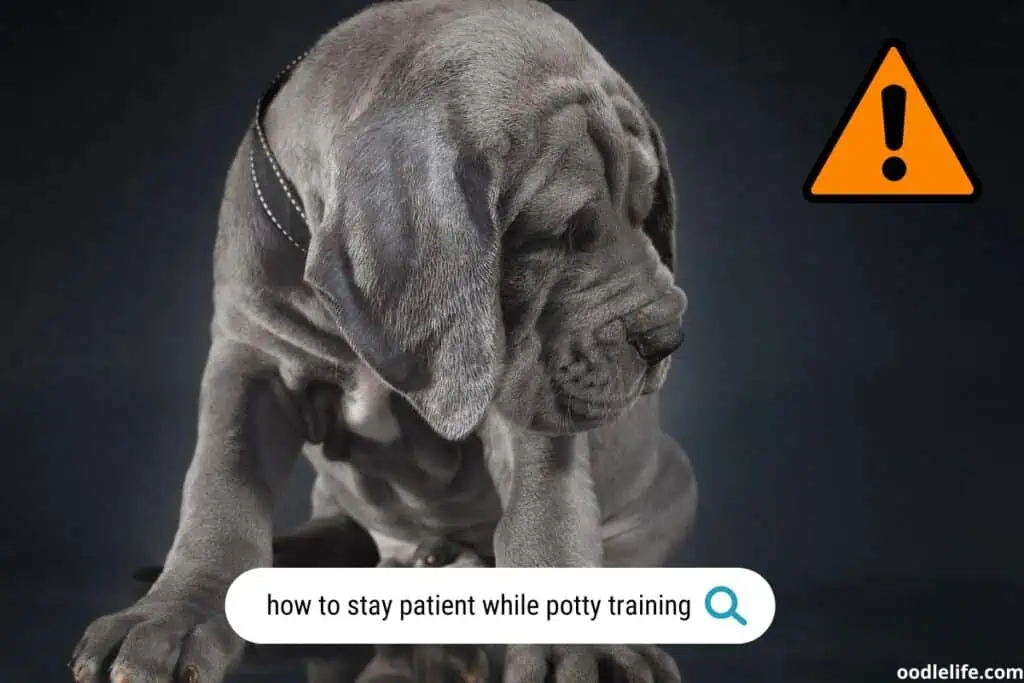
Consistency is key when potty training a puppy, but it’s also important to monitor their progress and adjust the schedule as needed. Keep track of when your puppy goes potty, both outside and during accidents in the house. This data will help you identify patterns and make necessary adjustments to their routine.
For example, if you notice your puppy tends to have accidents in the late afternoon, you may need to add an additional potty break during that time. You can also identify common accident-triggering situations, such as excitement or anxiety, and address them proactively.
To keep track of your puppy’s progress, consider creating a simple chart or using an app. Note the following:
- Time of day when accidents occur
- Events leading to the accident
- Successes achieved
- Changes made to the routine
Remember that every puppy is different and will require their own unique approach. Just like humans, they may have good days and bad days. Encourage your puppy’s successes with positive reinforcement, like praise and treats, and practice patience during setbacks.
As your puppy grows and matures, their bladder control will improve, and you’ll inevitably see a decrease in accidents. However, if you’re not seeing progress or if your puppy suddenly begins experiencing more accidents after a period of success, it’s essential to consult with a veterinarian to rule out any potential health issues.
In the end, monitoring progress and adjusting your approach as needed will ensure a smoother and more successful potty training experience for both you and your furry friend. Remember: patience, consistency, and adaptability are your best tools in this adventure.
Final Tips and Tricks
As you embark on the exciting journey of potty training your puppy, remember to celebrate the small victories and have patience in those inevitable messy moments. Here are some additional tips and tricks to keep in mind when house training your pup.
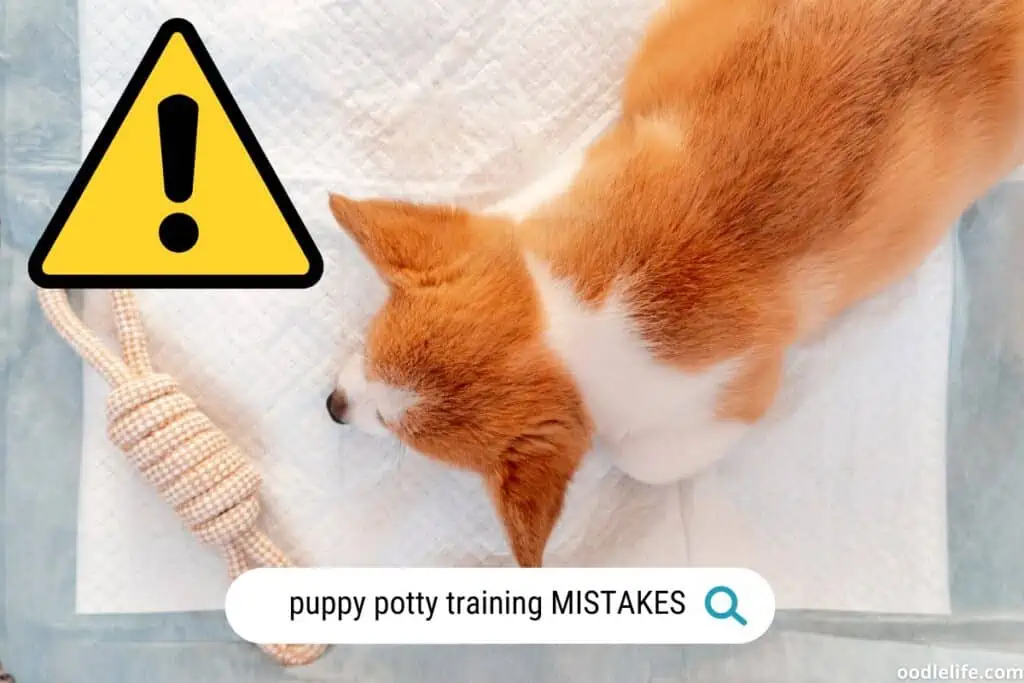
Consistency is key in successful potty training. Establish a routine with your puppy that includes regular feeding times, walks, and designated potty breaks. This will help your furry friend better understand when and where to go.
Watch for signs that your puppy needs to go, such as sniffing, circling, or squatting. Acting quickly when you notice these signals will make the process smoother for both you and your puppy. Some experts suggest using a leash tethered to yourself or nearby furniture to keep a close eye on your pup when you’re not actively playing or training.
Be generous with praise and positive reinforcement when your puppy successfully does their business in the appropriate spot. A tasty treat, a warm cuddle, or an enthusiastic “good job” will help your pup associate potty time with positivity.
Avoid using potty pads, as they can be confusing for puppies, teaching them that it’s okay to eliminate indoors. Instead, focus on guiding them to the designated outdoor spot every time.
Lastly, remember to maintain a sense of humor throughout this process. There will surely be some “oops” moments, but with time and consistency, your puppy will master the art of potty training. And who knows, you might even stumble upon a hidden talent for cleaning up messes!
